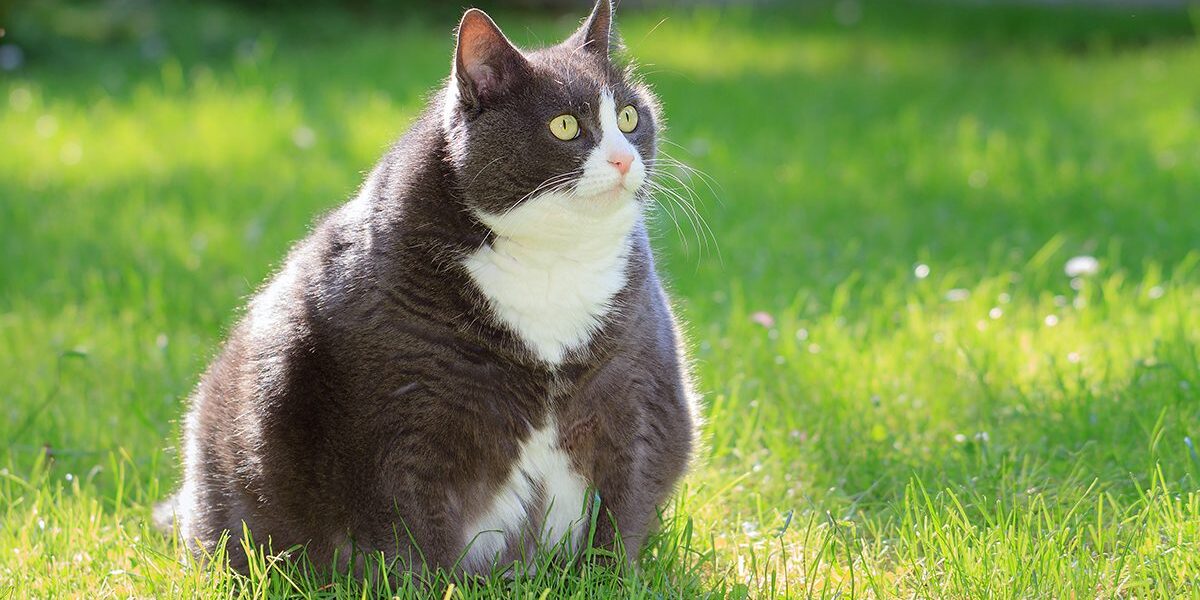
How to Tell if Your Dog or Cat Is Overweight or Too Thin
When it comes to your pet’s health, the number on the scale doesn’t tell the whole story. Two pets can weigh the same but have very different levels of muscle, fat, and overall health. That’s why veterinarians use a Body Condition Score (BCS) — not just weight — to determine if your dog or cat is at an ideal body condition.
At PetMed of Key West Veterinary Clinic in Dubuque, IA, we use the 1–9 Body Condition Score system, with 1 being extremely thin and 9 being severely overweight. A score of 4–5 is considered ideal for most pets.
What Is a Body Condition Score?
A Body Condition Score is a hands-on, visual assessment of your pet’s body fat and muscle tone. Instead of relying solely on weight, we evaluate:
- Rib coverage – Can you easily feel your pet’s ribs without pressing hard?
- Waistline – Is there a visible waist when viewed from above?
- Abdominal tuck – Is there a noticeable upward curve in the belly when viewed from the side?
- Muscle mass – Are muscles well-developed and firm, or is there loss of tone?
View the official Body Condition Score charts here:
- Dog BCS Chart: Pet Obesity Prevention – Dog Body Condition Score
- Cat BCS Chart: APOP Feline Body Condition Score (PDF)
Signs Your Pet May Be Overweight (BCS 6–9)
- Ribs are hard to feel under a thick layer of fat
- No visible waist when viewed from above
- Belly hangs down with little or no abdominal tuck
- Fat deposits over lower back, tail base, or neck
- Health risks: Diabetes, arthritis, heart disease, reduced lifespan
Signs Your Pet May Be Underweight (BCS 1–3)
- Ribs, spine, and pelvic bones are very visible
- Little to no fat covering over bones
- Waist and abdominal tuck are extremely pronounced
- Muscle loss or weakness
- Health risks: Malnutrition, organ failure, poor immune function
What Is an Ideal Body Condition (BCS 4–5)?
- Ribs are easily felt with a thin fat covering
- Waist is visible from above
- Abdominal tuck is present but not extreme
- Muscles are firm and well-defined
Why BCS Matters More Than Weight
Weight alone doesn’t account for breed differences, muscle tone, or body length. For example:
- A muscular Labrador and an overweight Labrador could both weigh 80 lbs — but have very different BCS scores.
- A long-haired cat may look heavier than they are, making visual checks alone misleading.
How to Help Your Pet Reach a Healthy Body Condition
- Feed a measured amount of a balanced diet recommended by your vet
- Keep treats under 10% of daily calories
- Provide daily exercise suited to your pet’s age and health
- Schedule regular weight and BCS checks at your veterinary clinic
Bottom line: Regularly assessing your pet’s Body Condition Score helps detect weight problems early and keep them healthier for longer. At PetMed of Key West, we’re happy to help you determine your dog or cat’s score and create a nutrition and exercise plan tailored to them.
📍 PetMed of Key West Veterinary Clinic
2262 Flint Hill Drive, Dubuque, IA 52003
📞 563-583-8387
🌐 dbqpetmed.com
